Free Typography Art Image Generator
Just imagine, and we'll instantly return a variety of personalized Typography Art images—designed to bring your creativity to life!
- 4:3
- 3:4
- 1:1

image.state.default
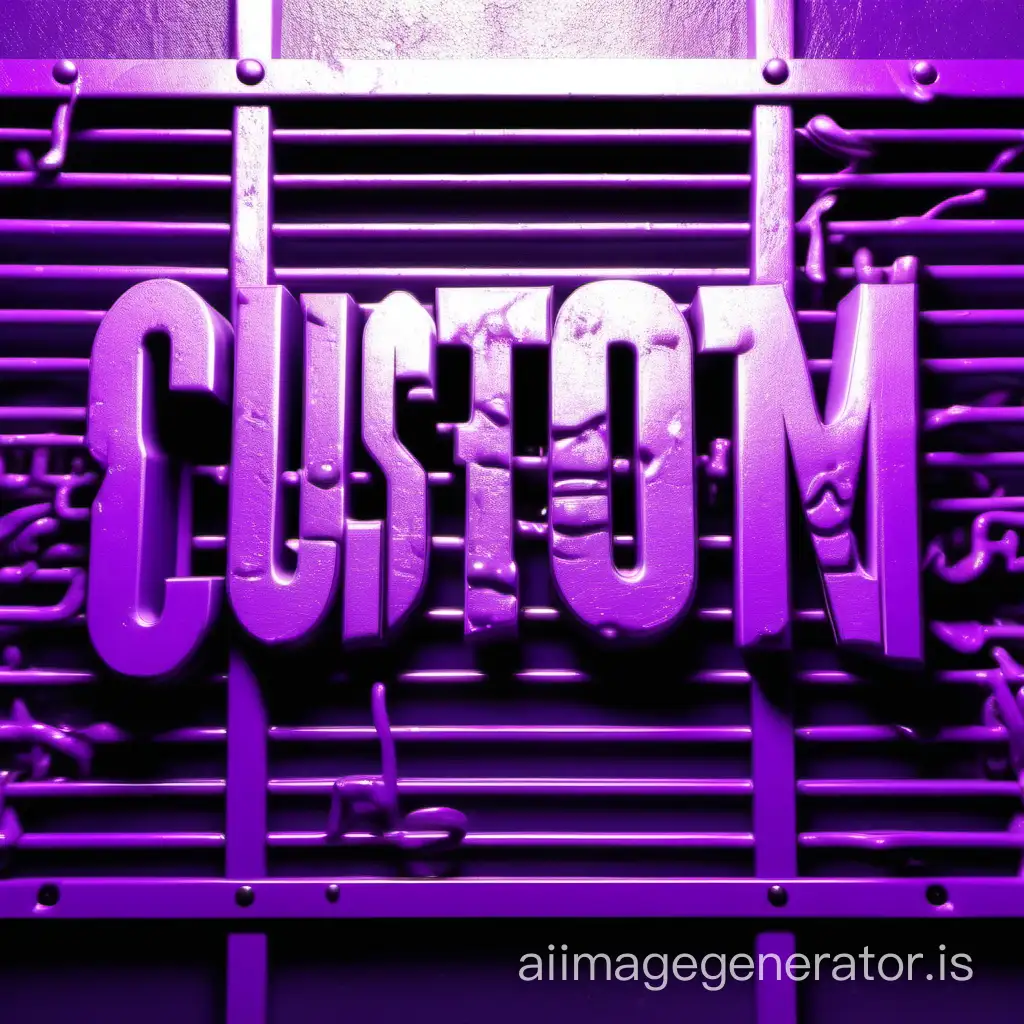
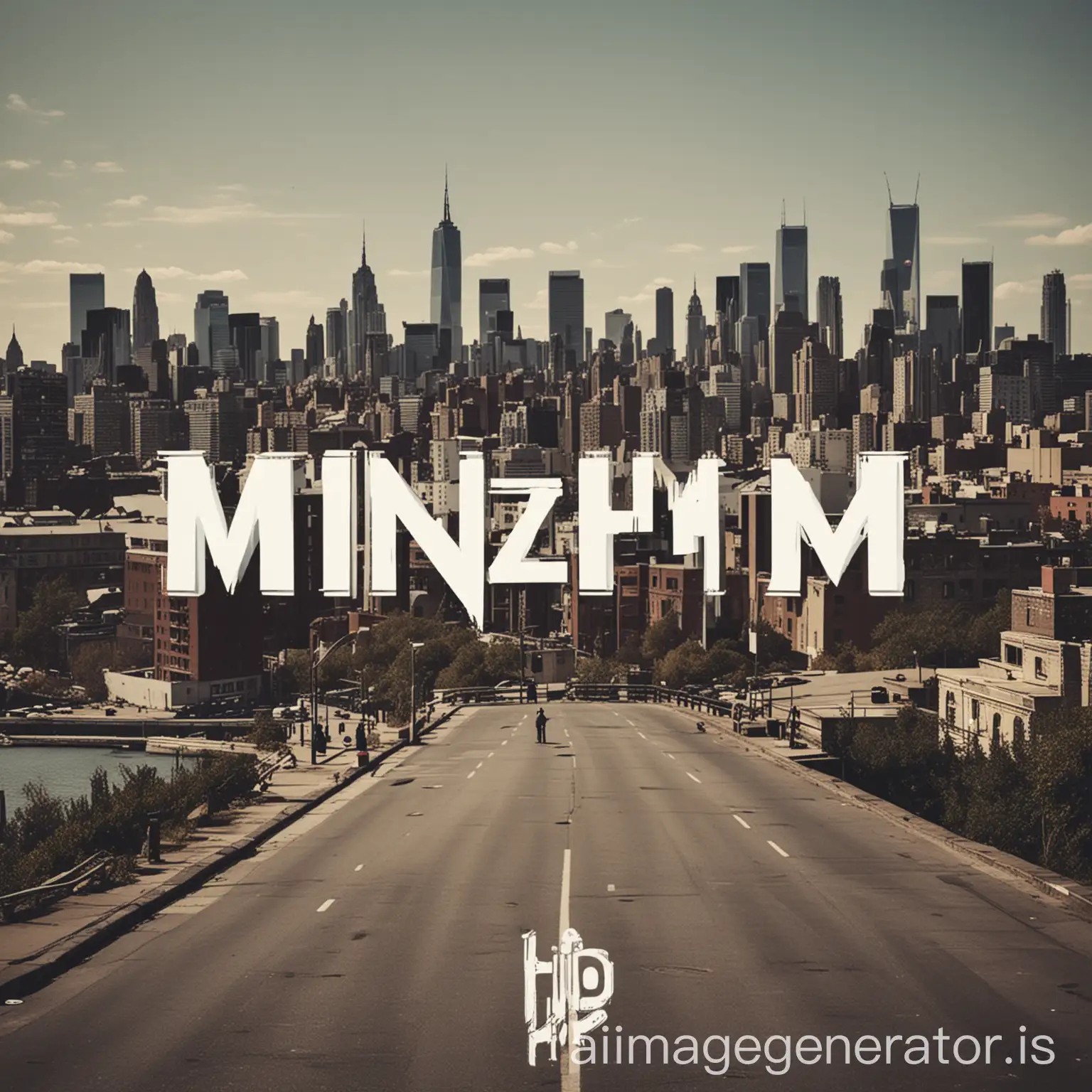

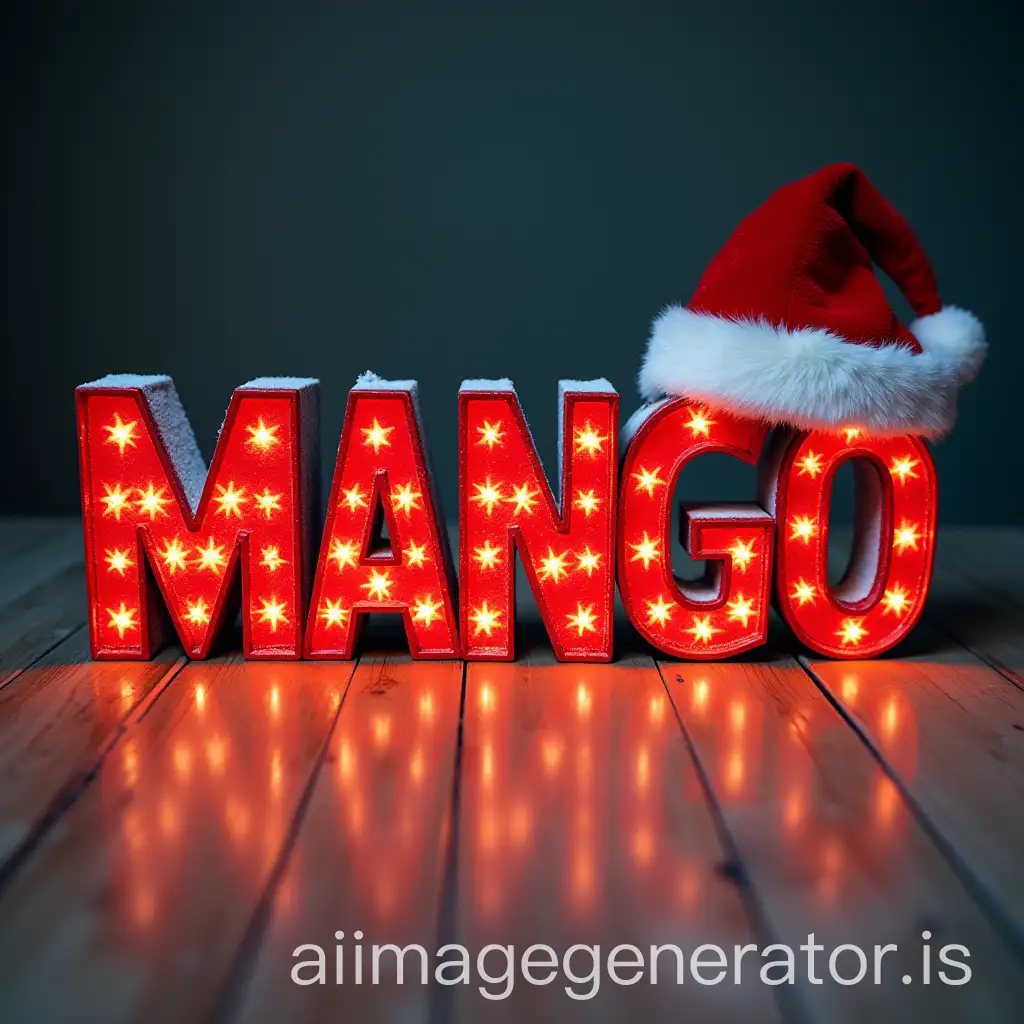
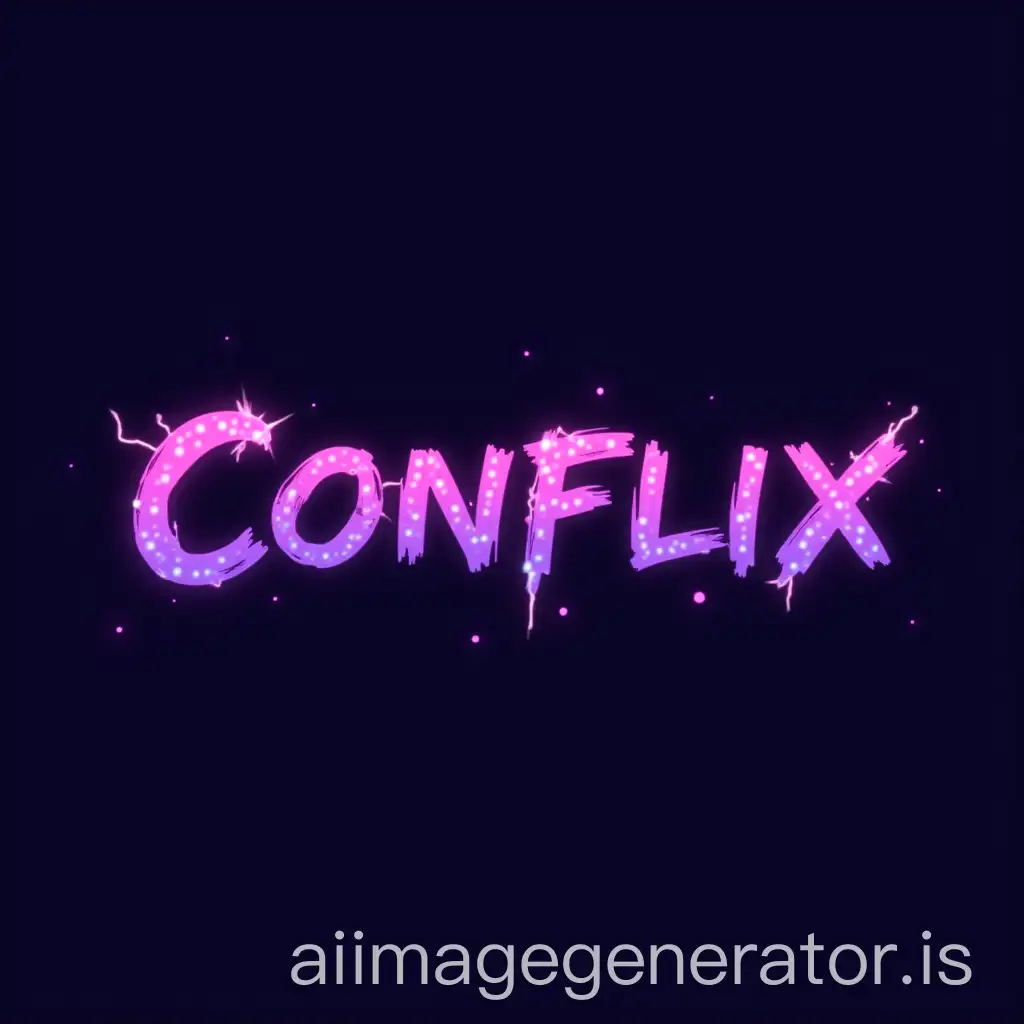

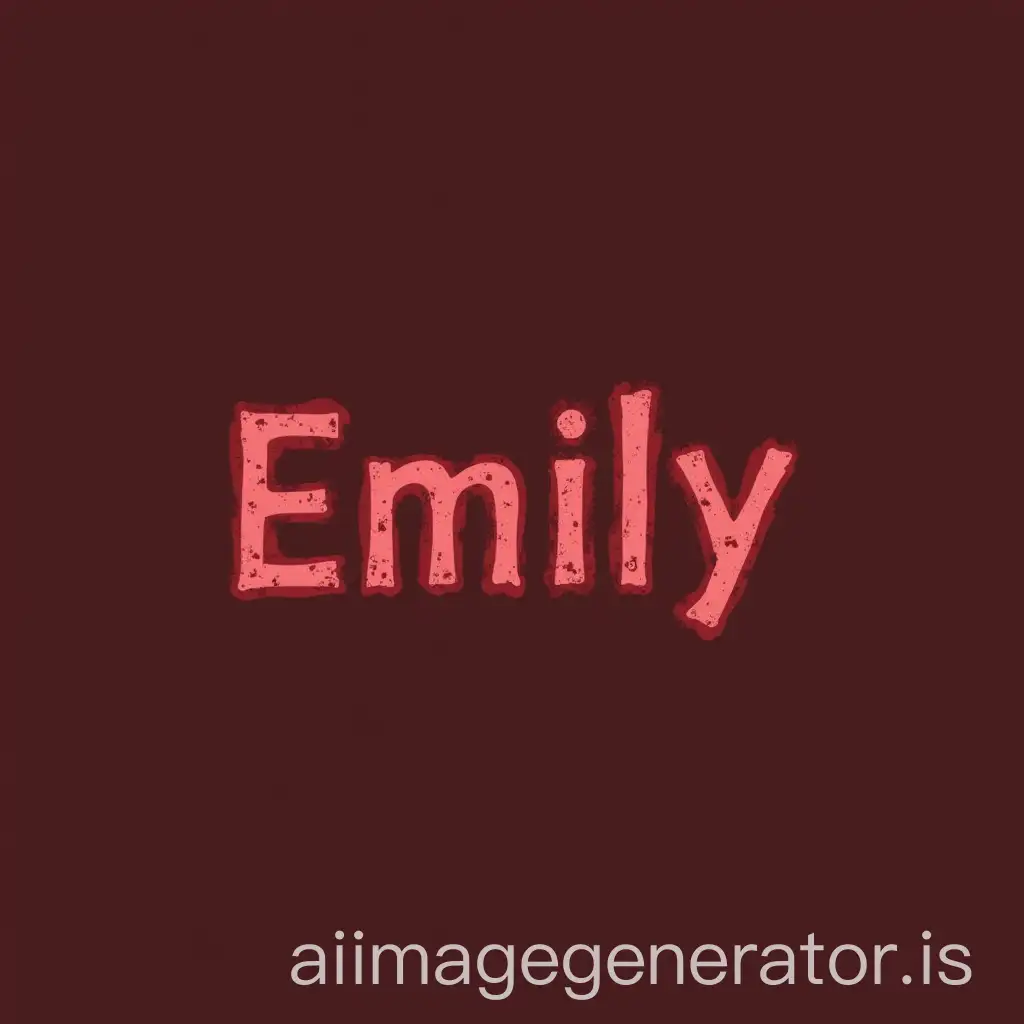
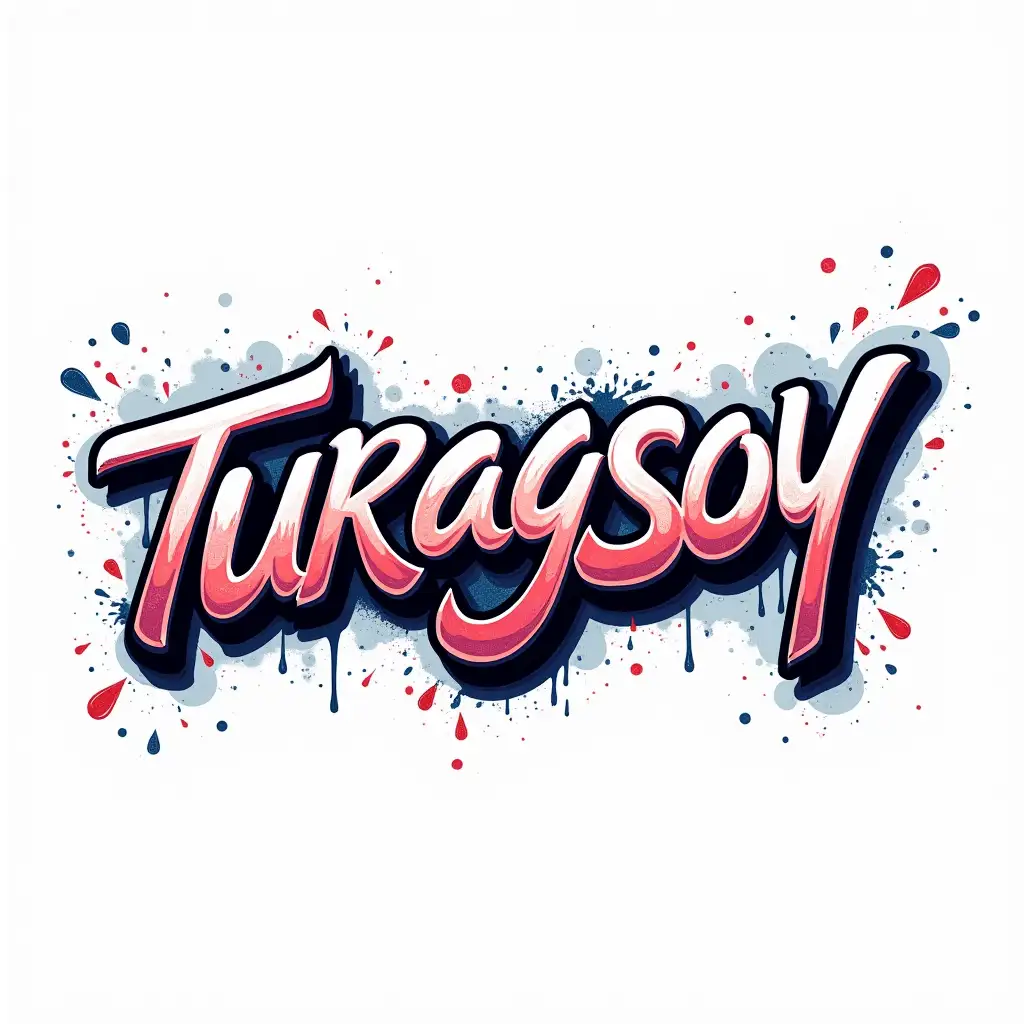
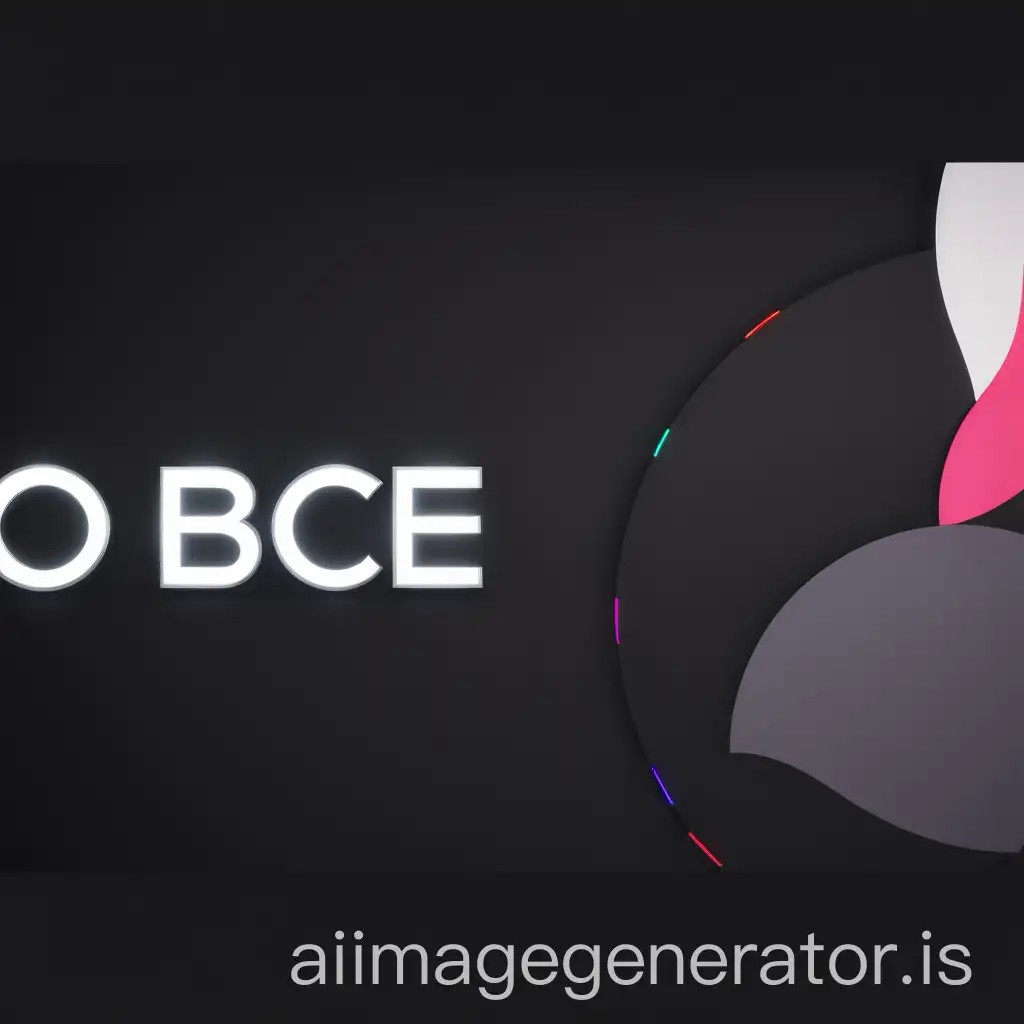
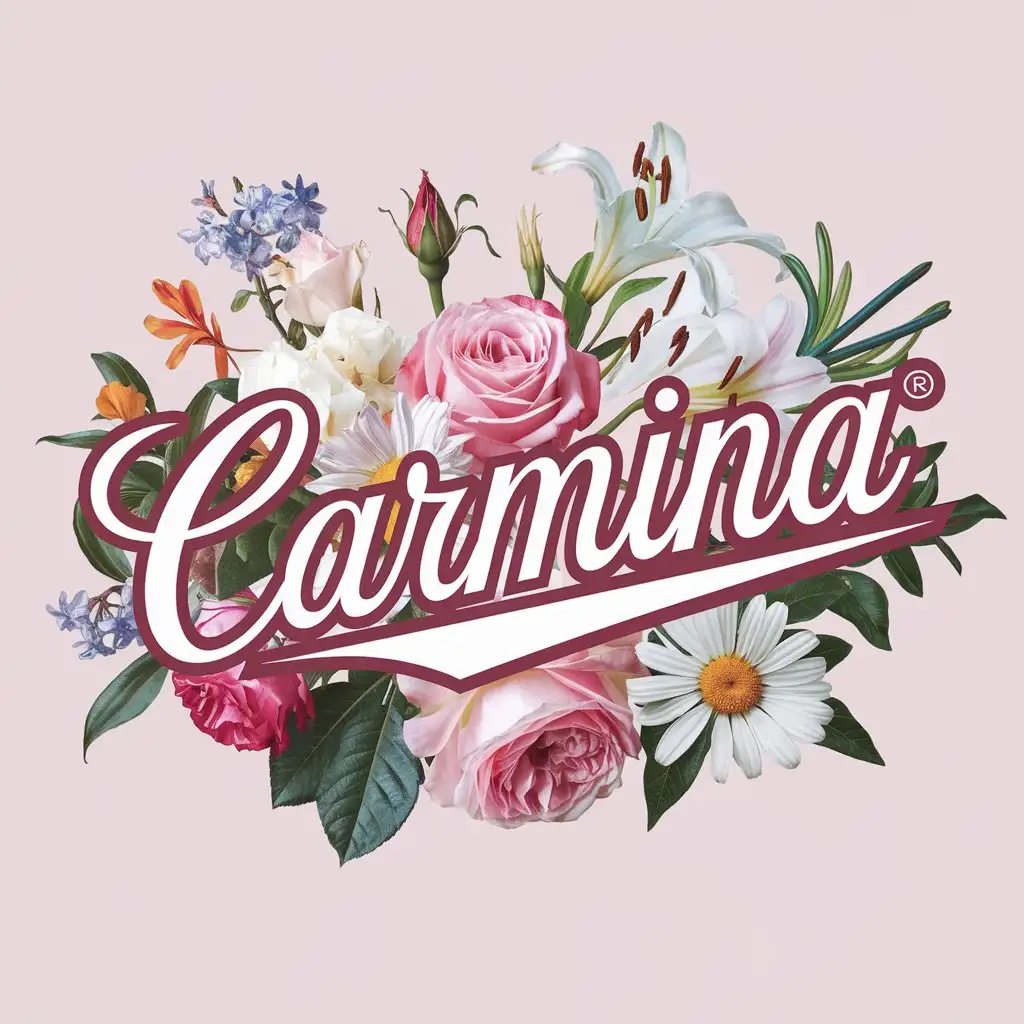
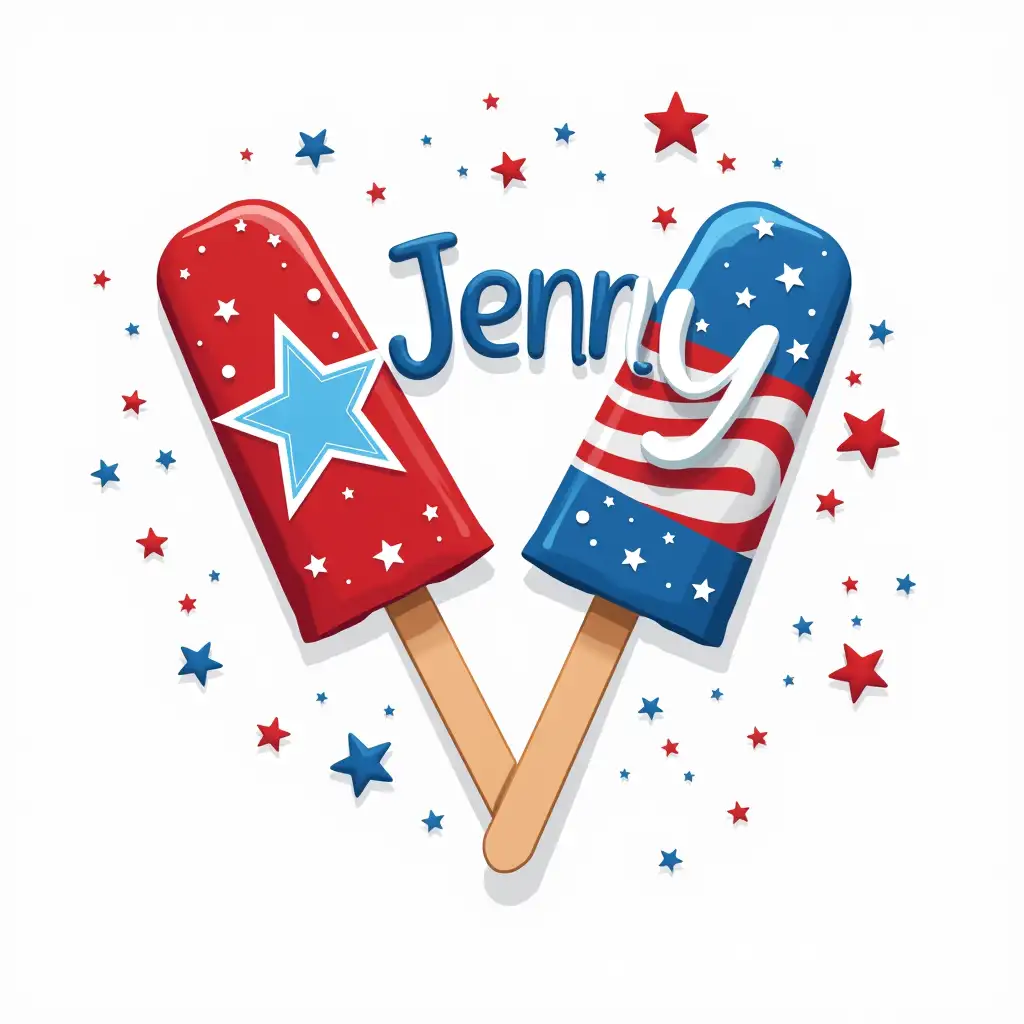
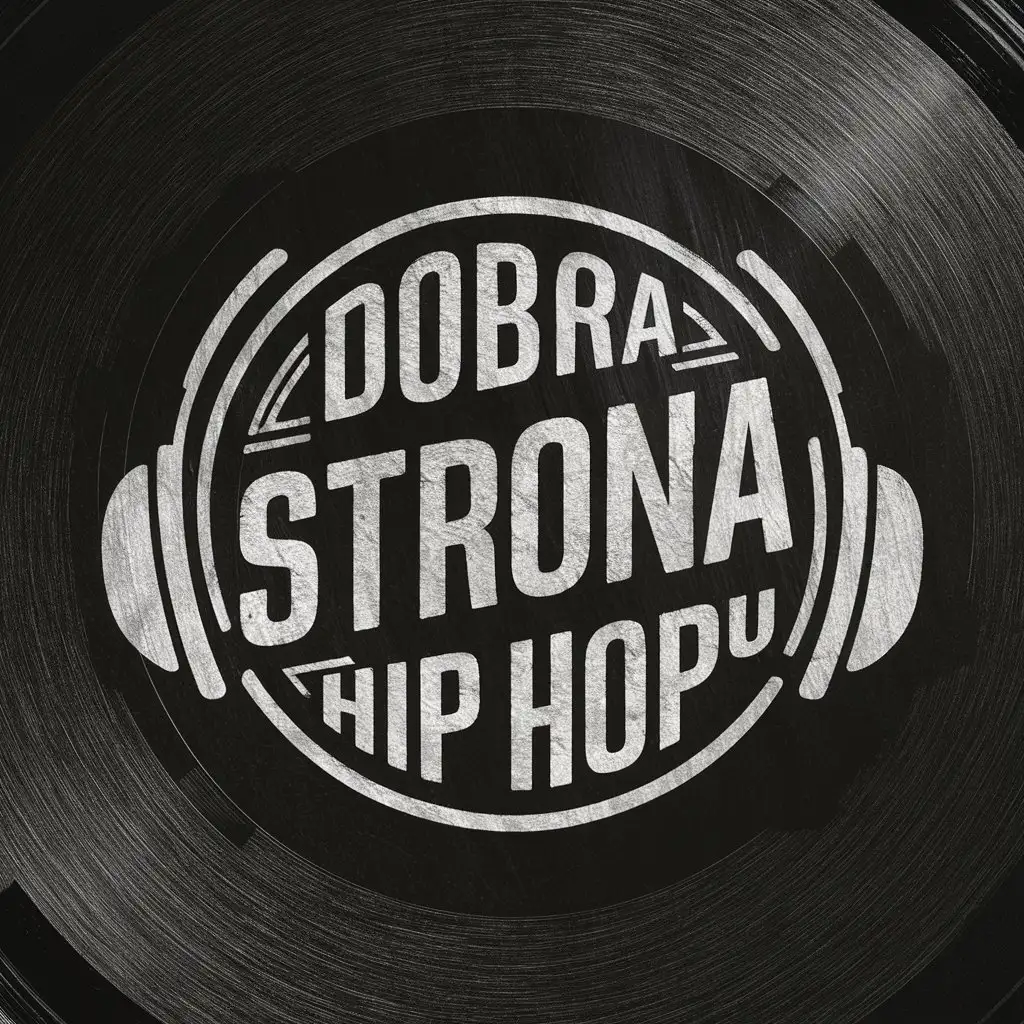
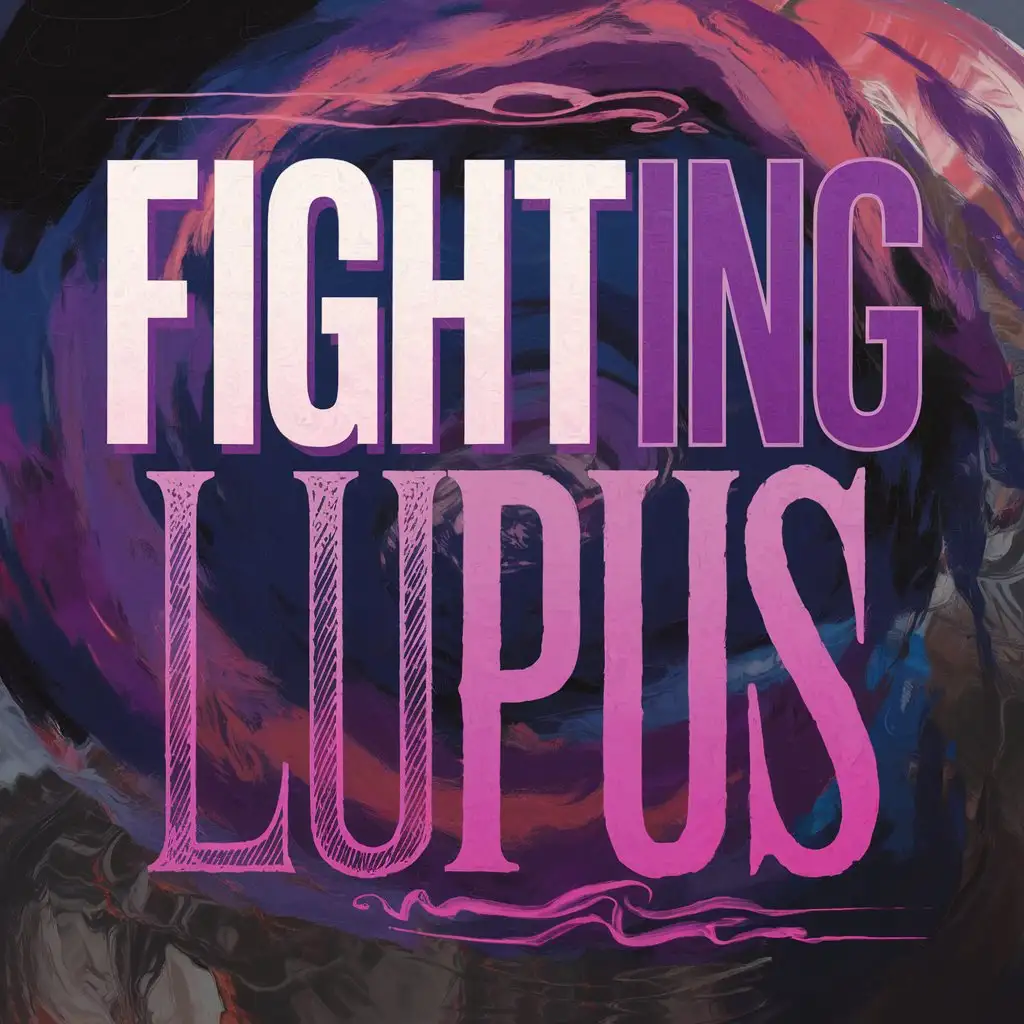

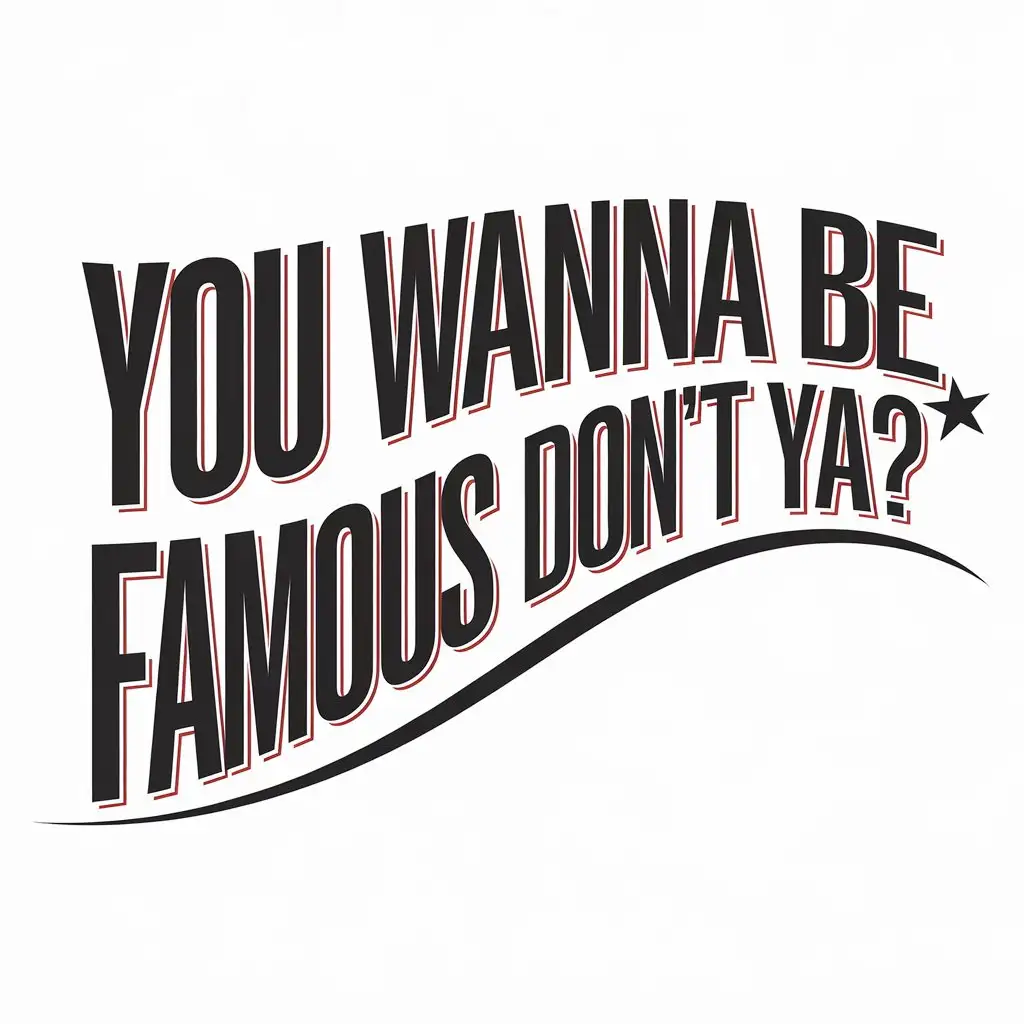
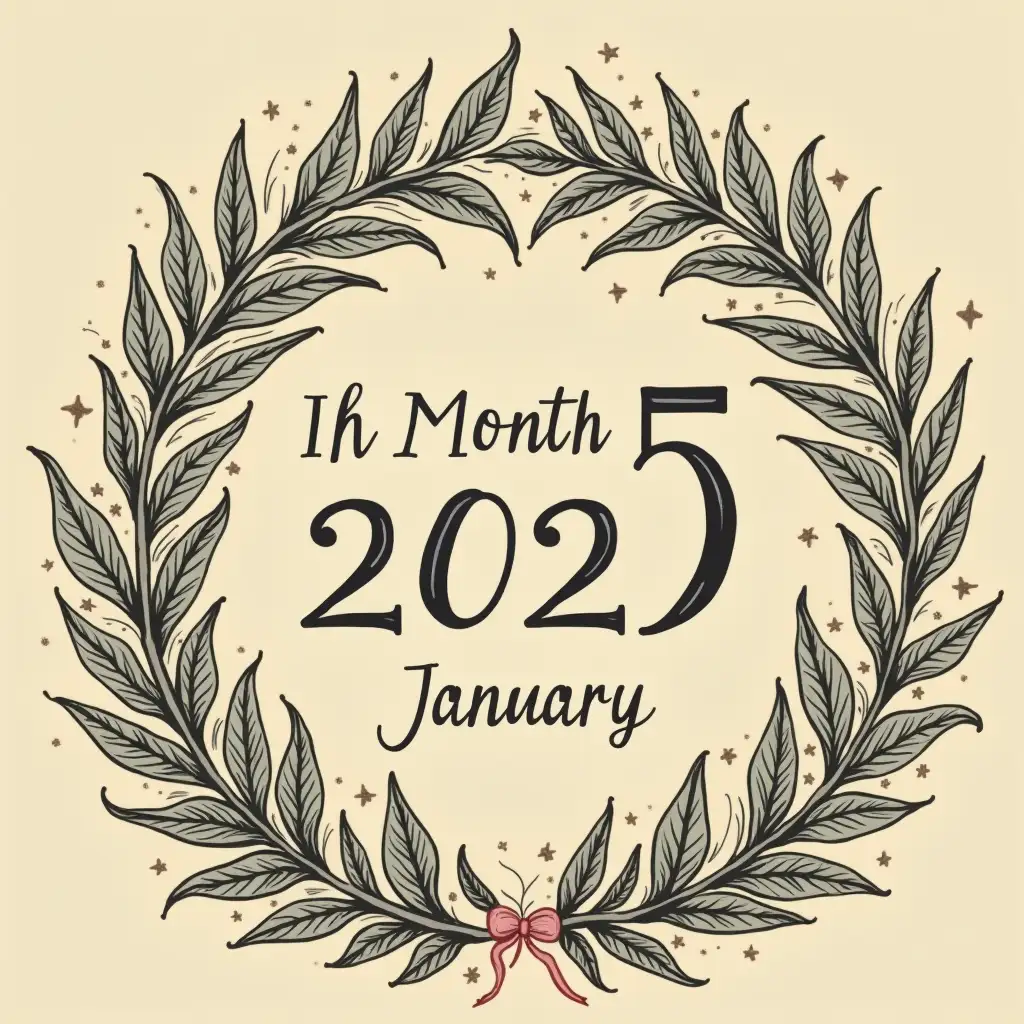
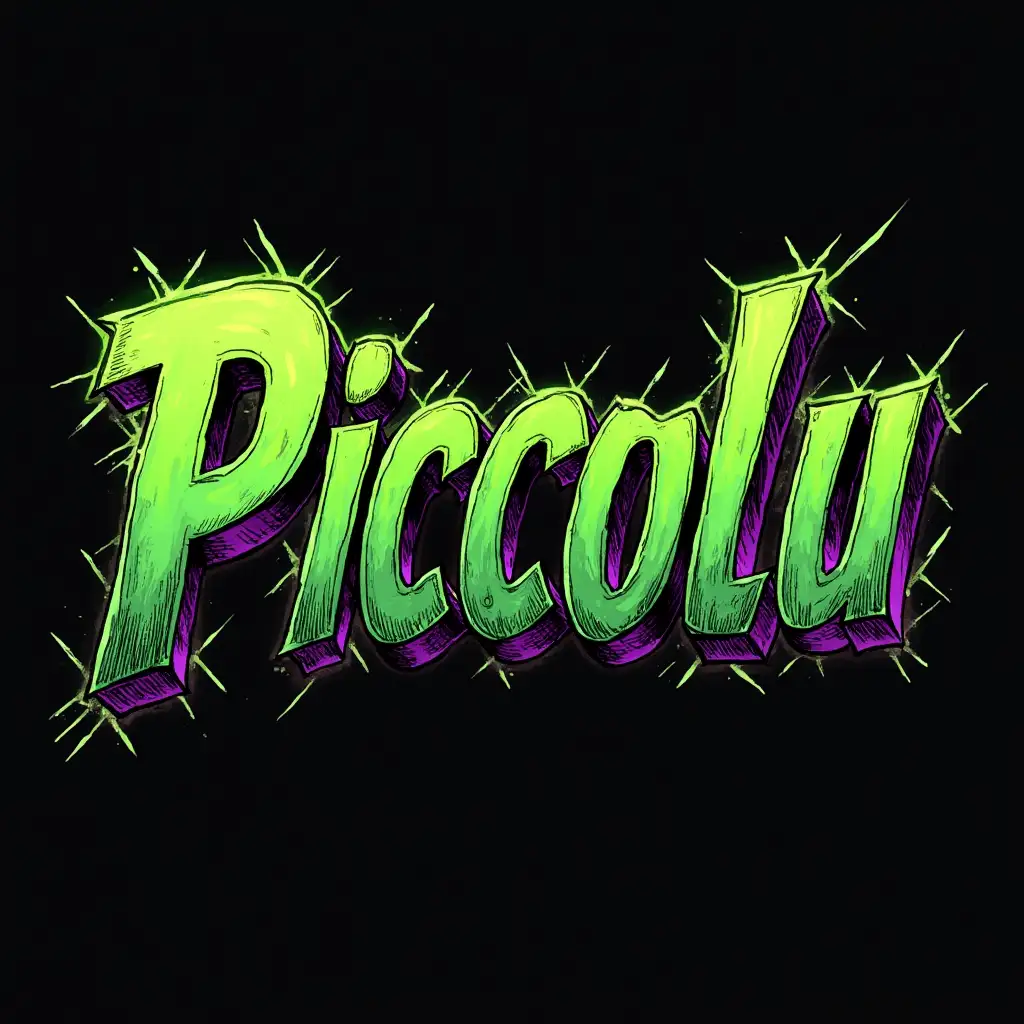
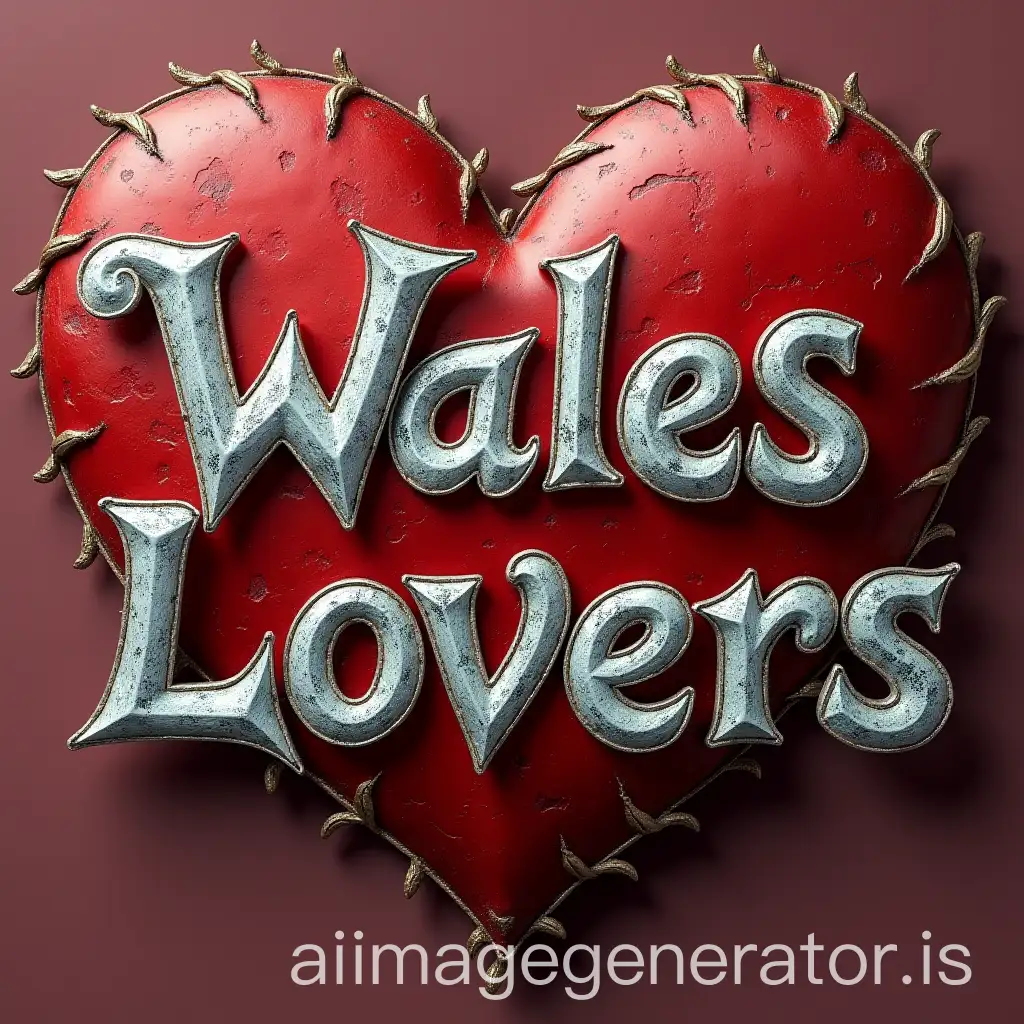

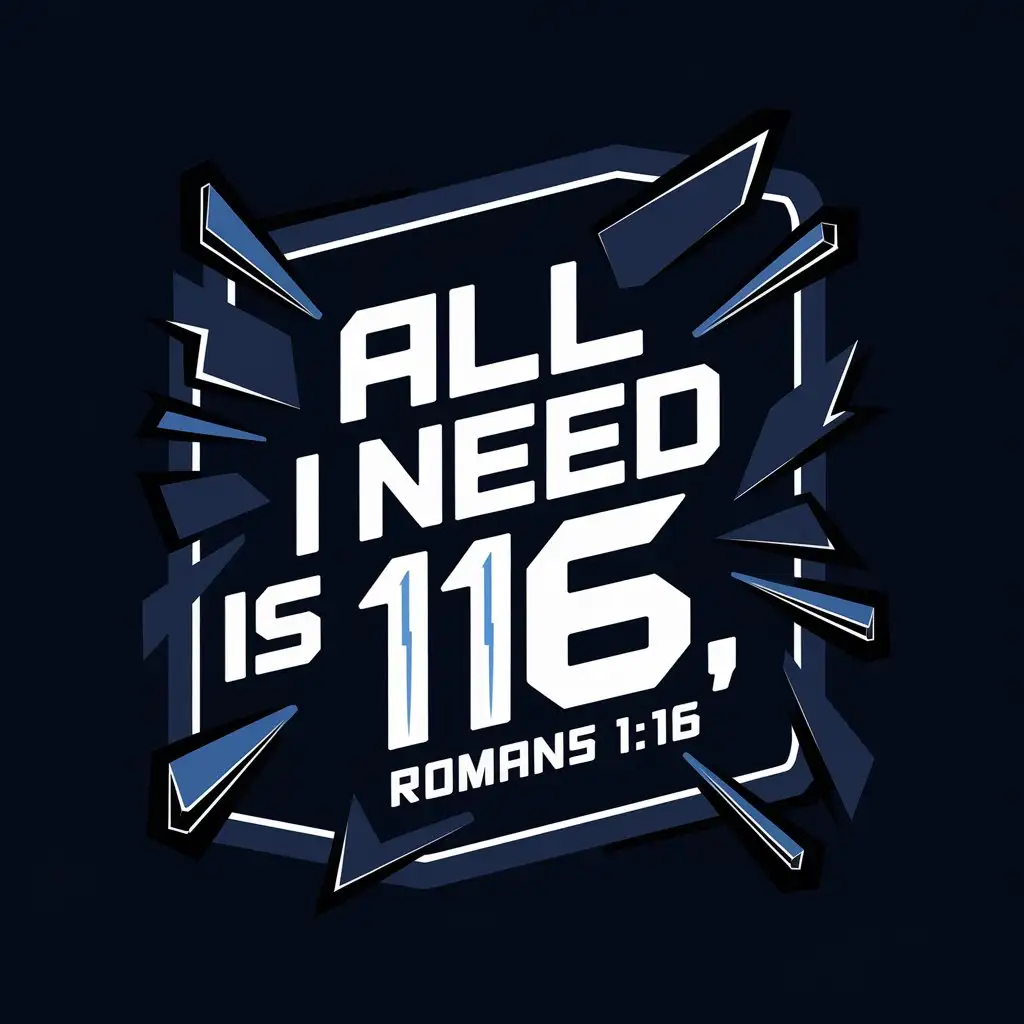

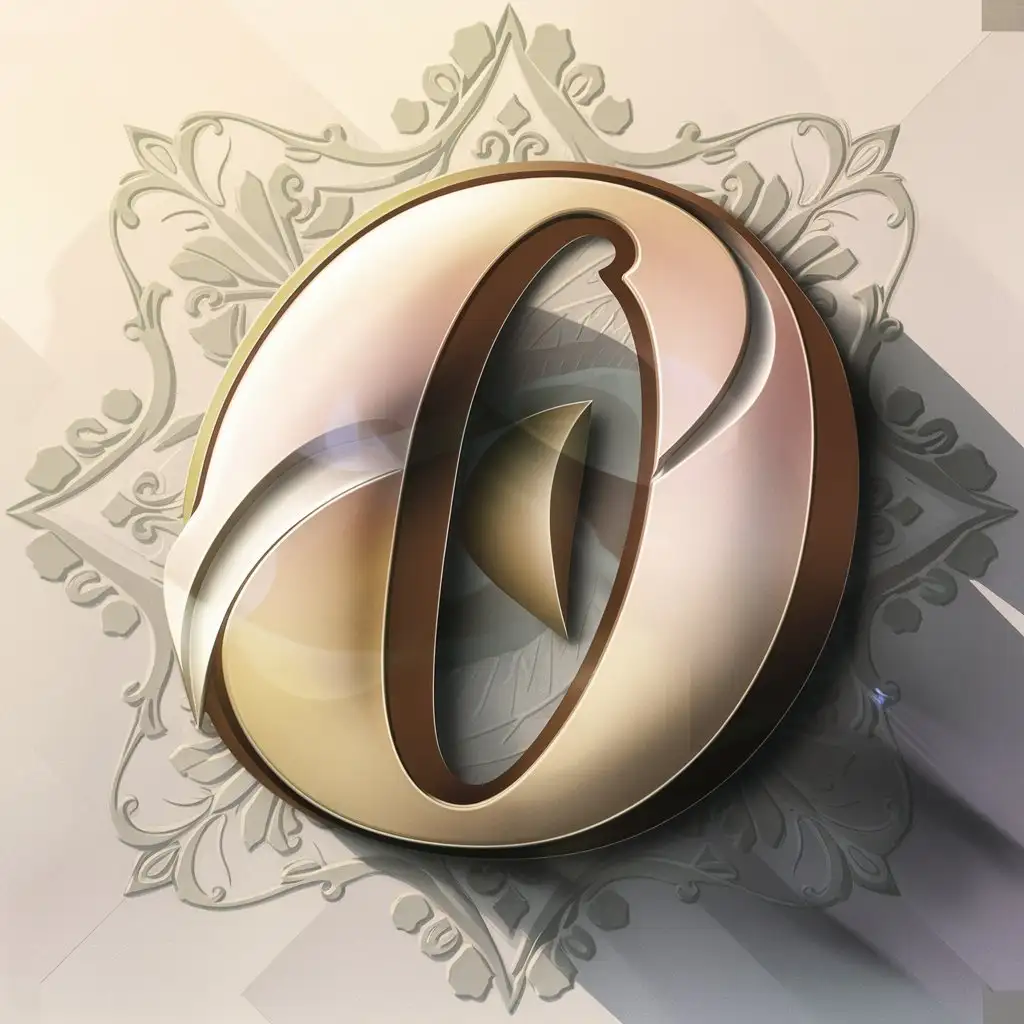

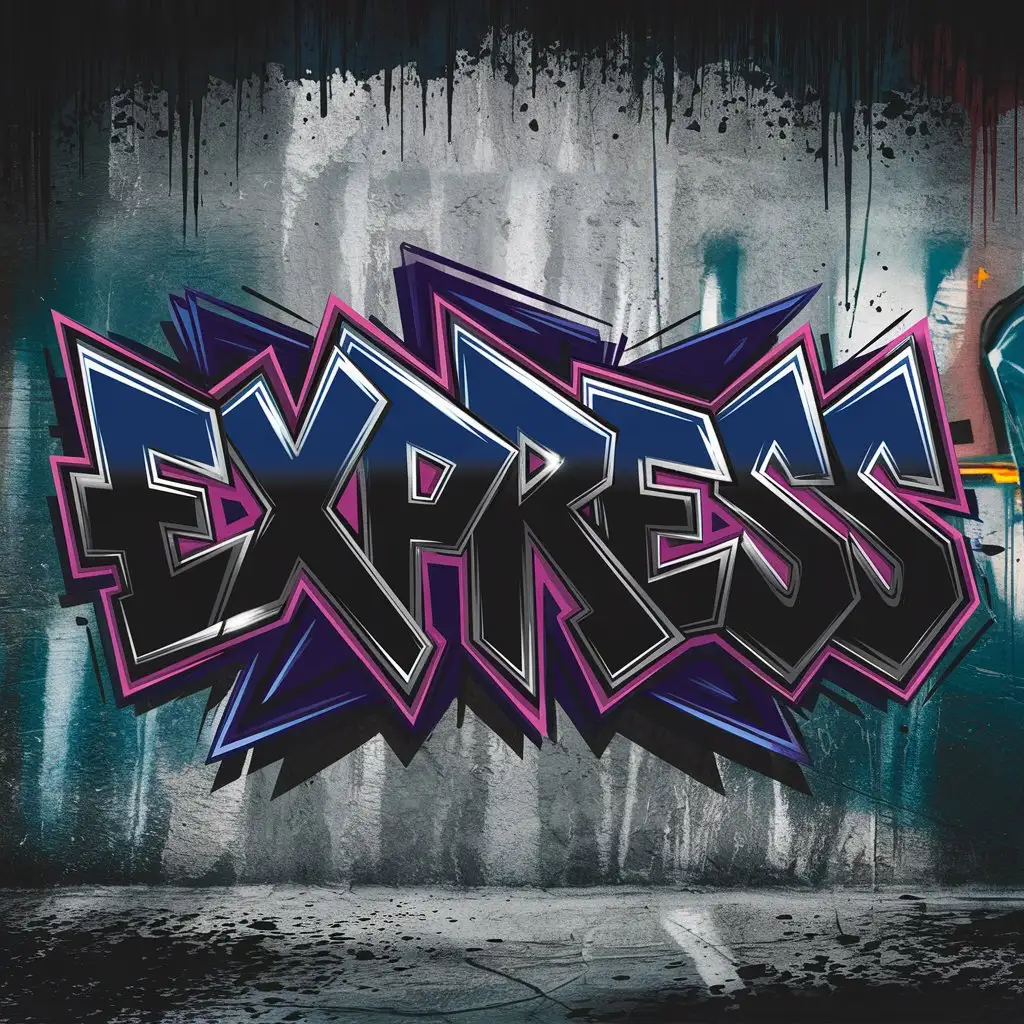
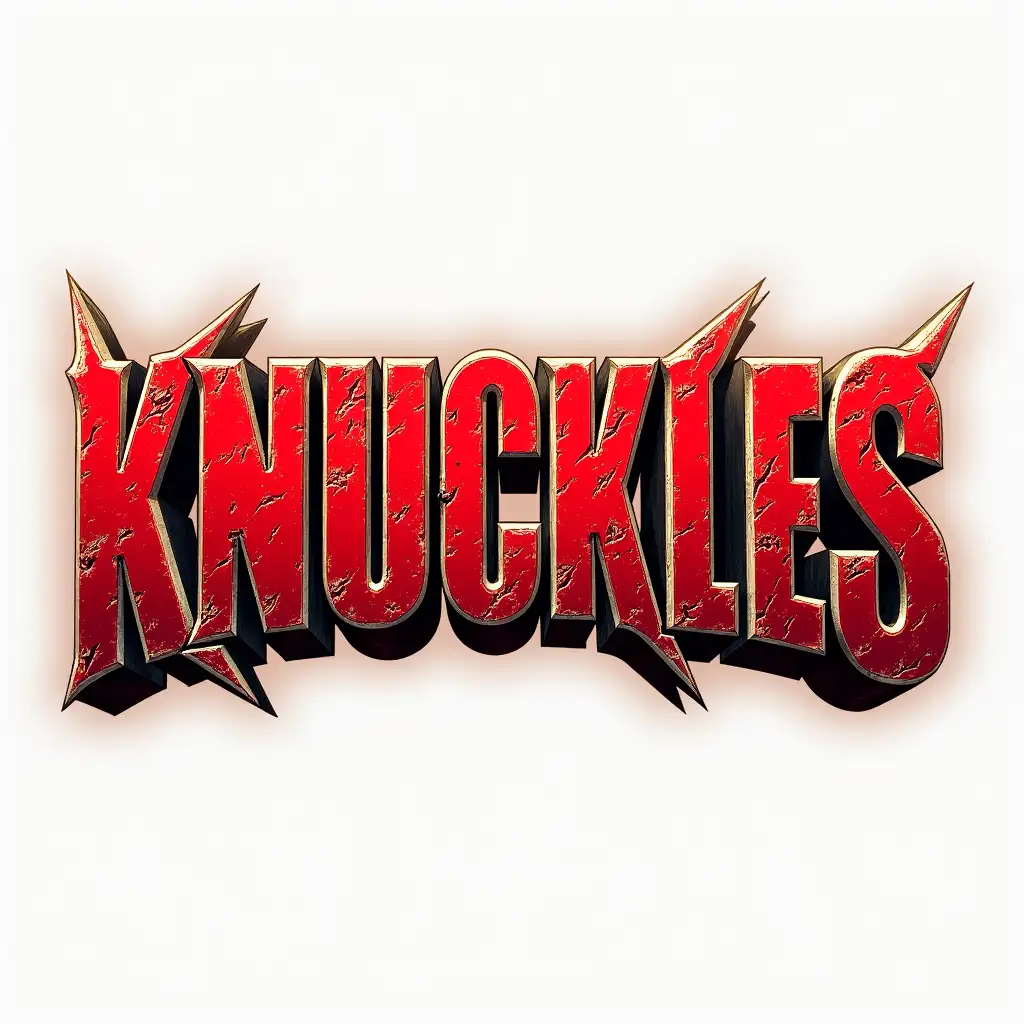
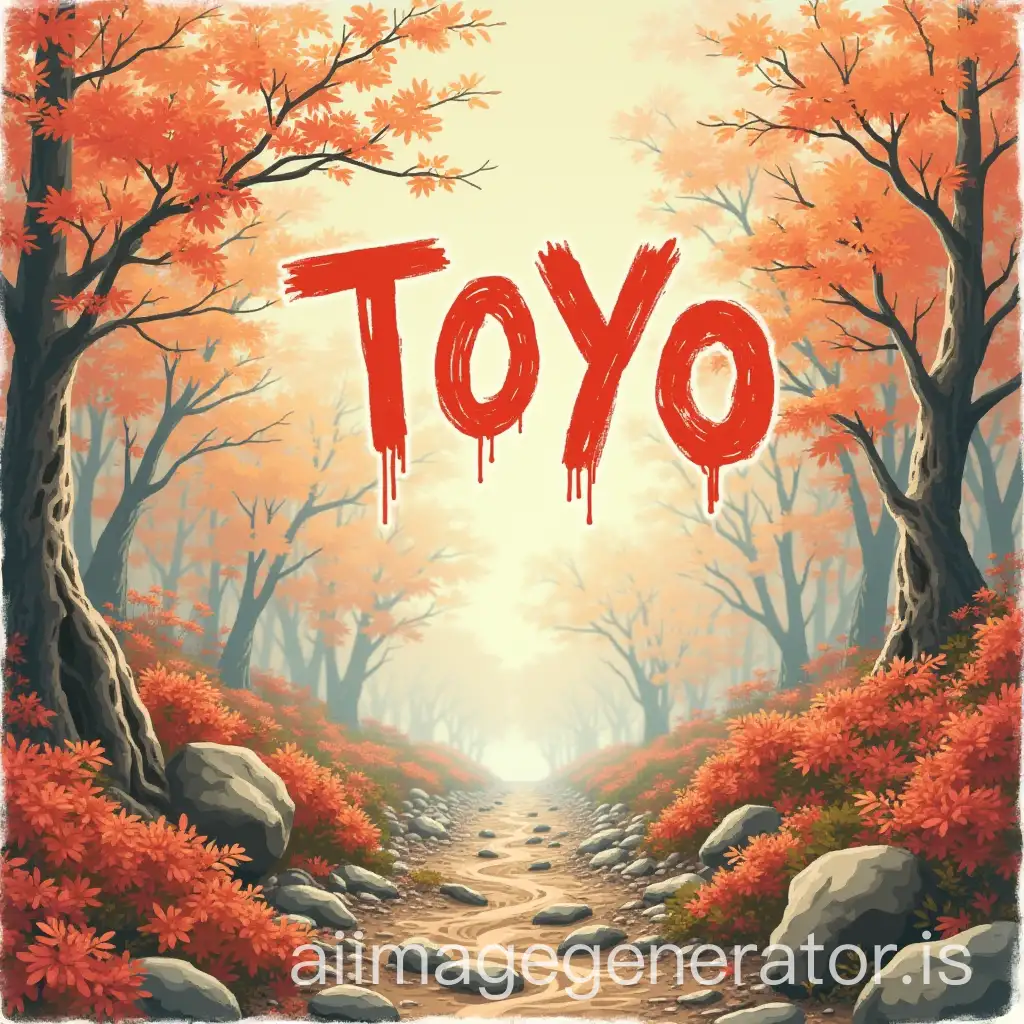
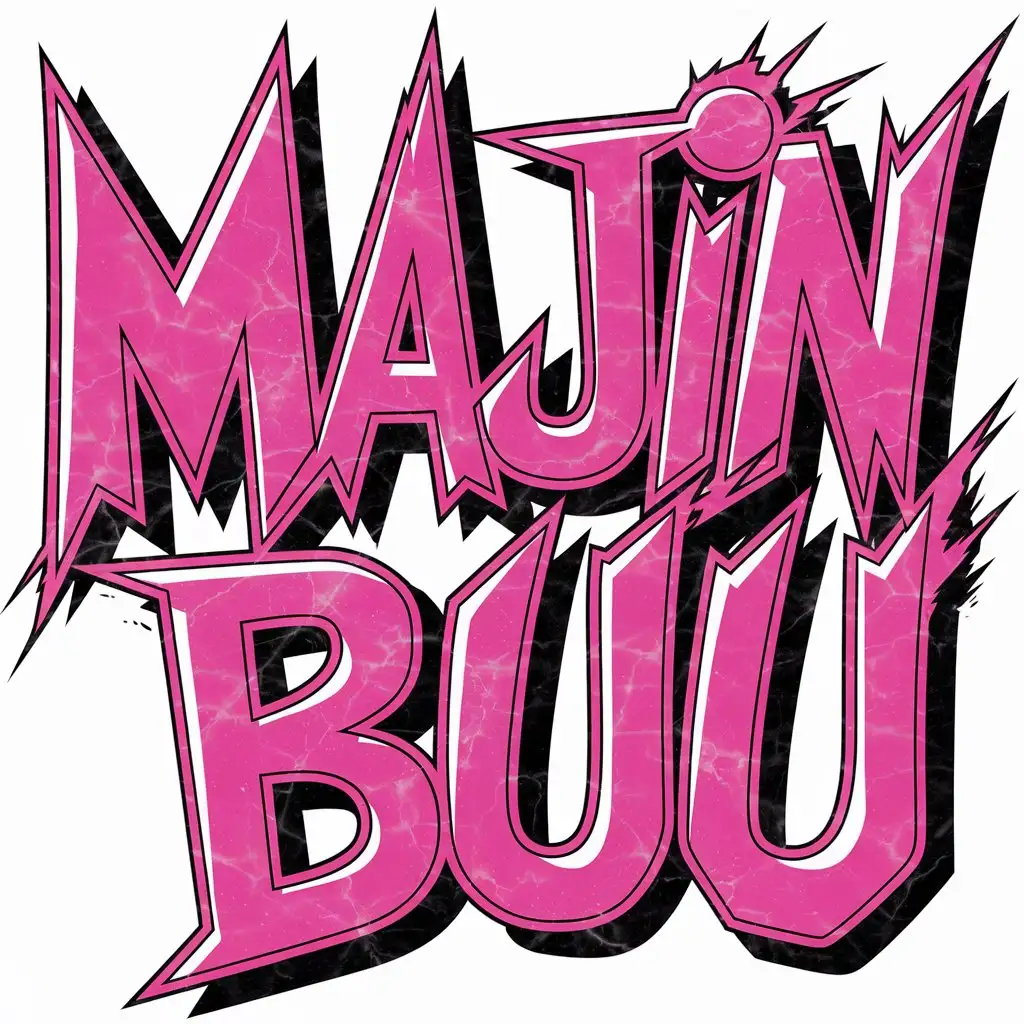
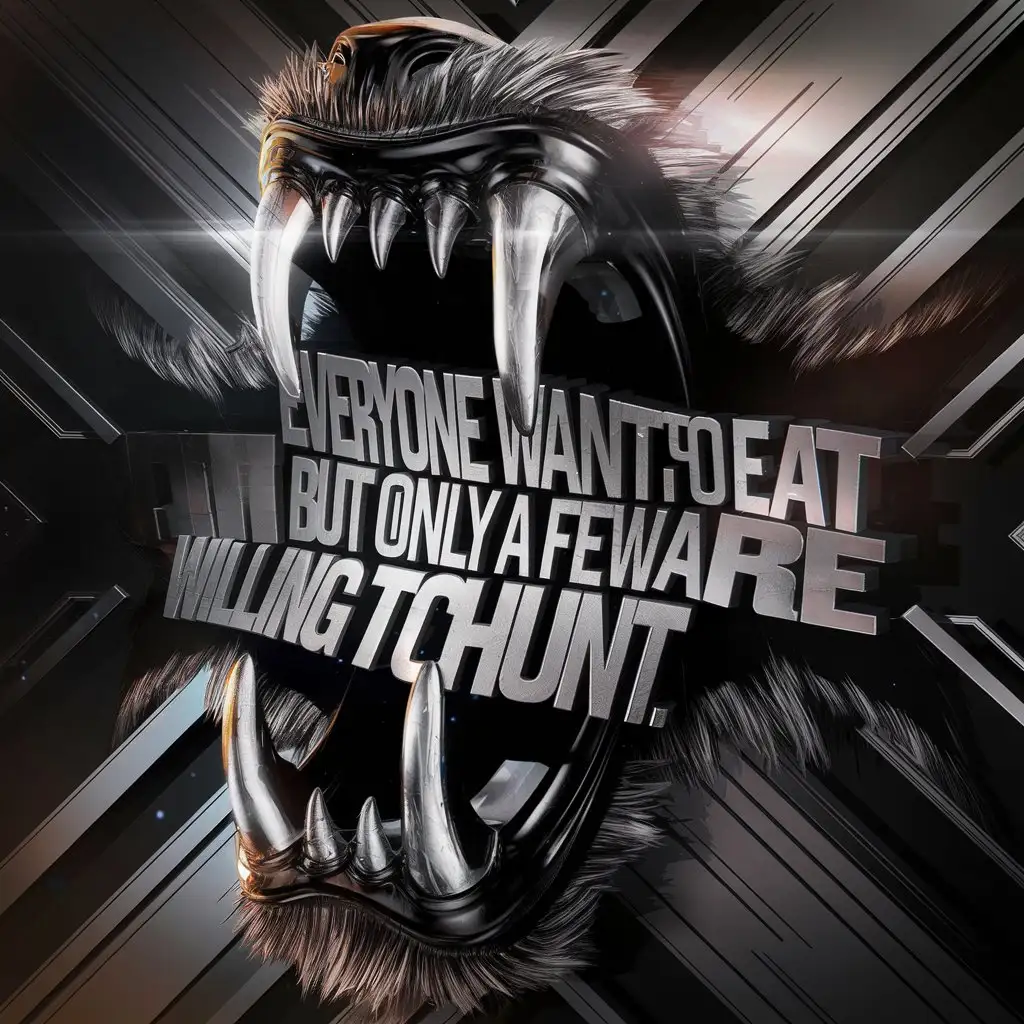
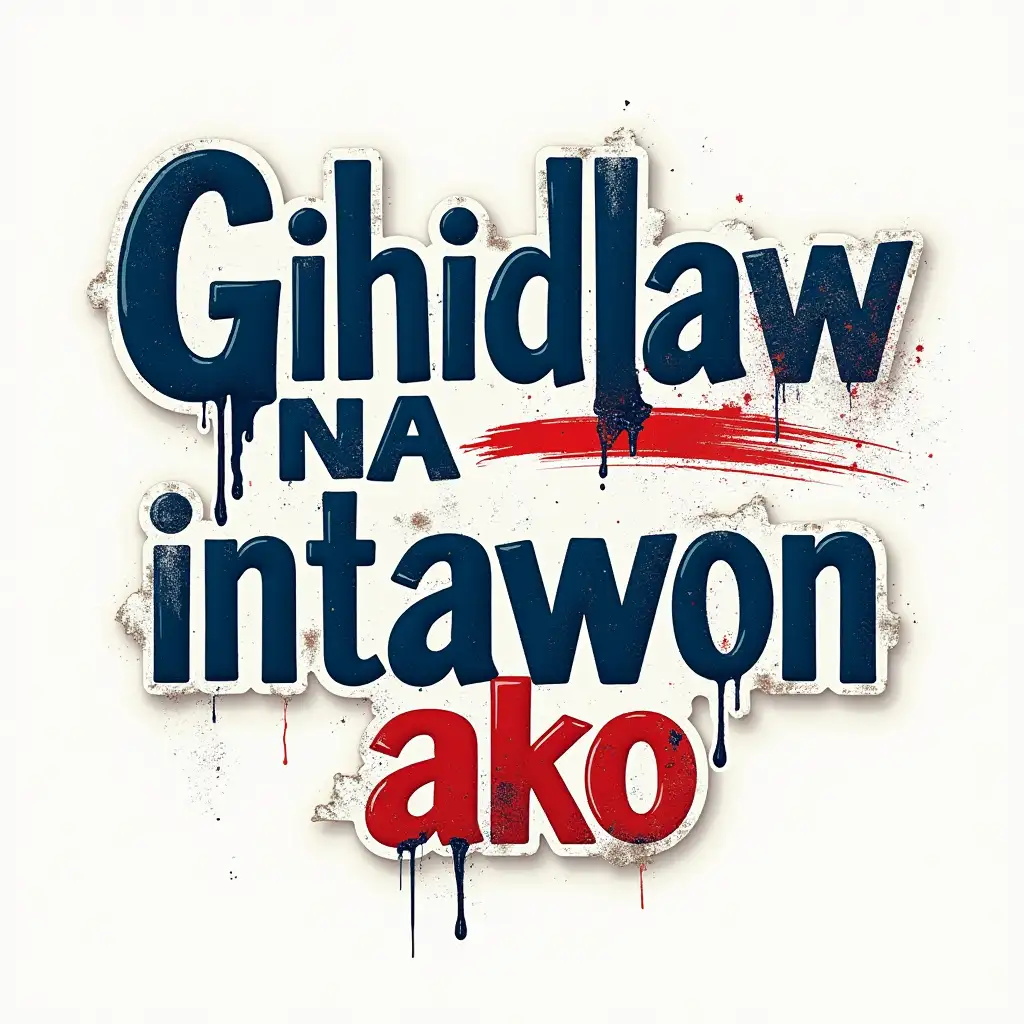
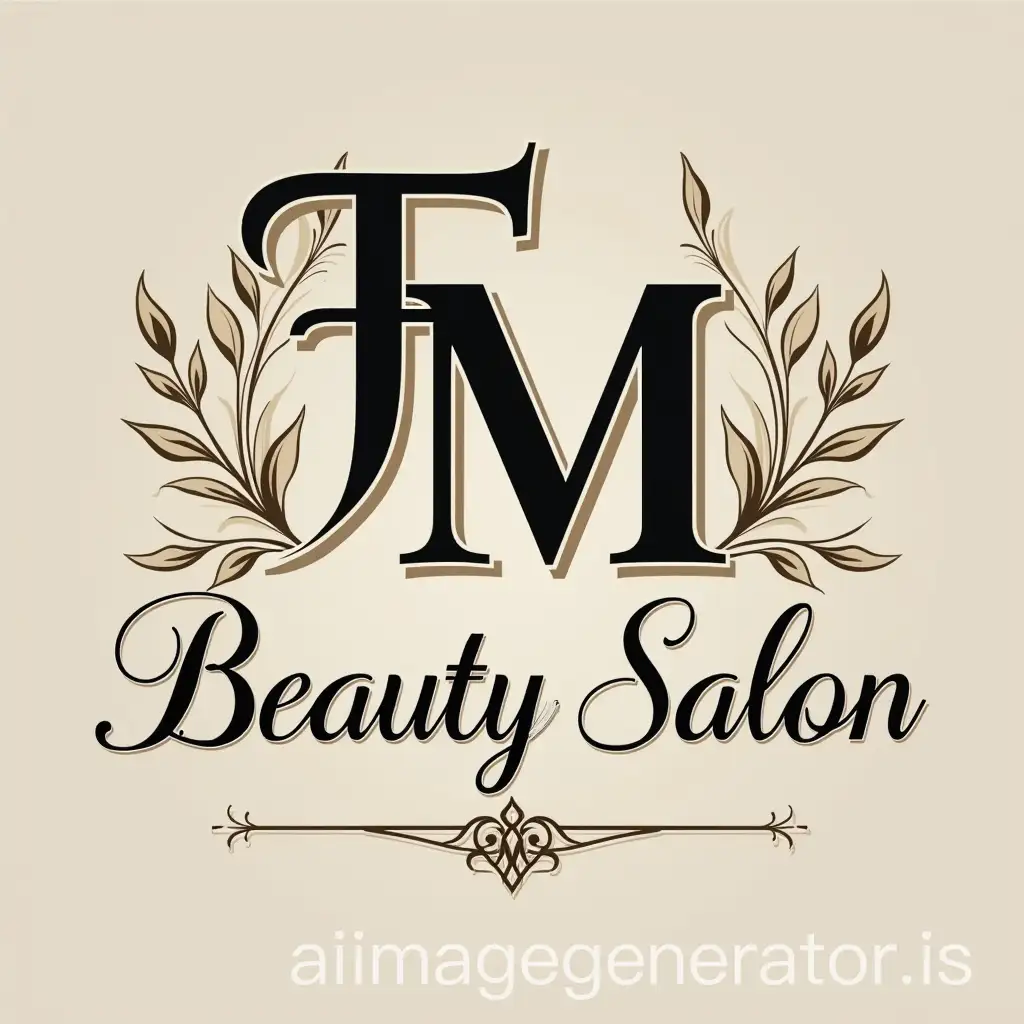
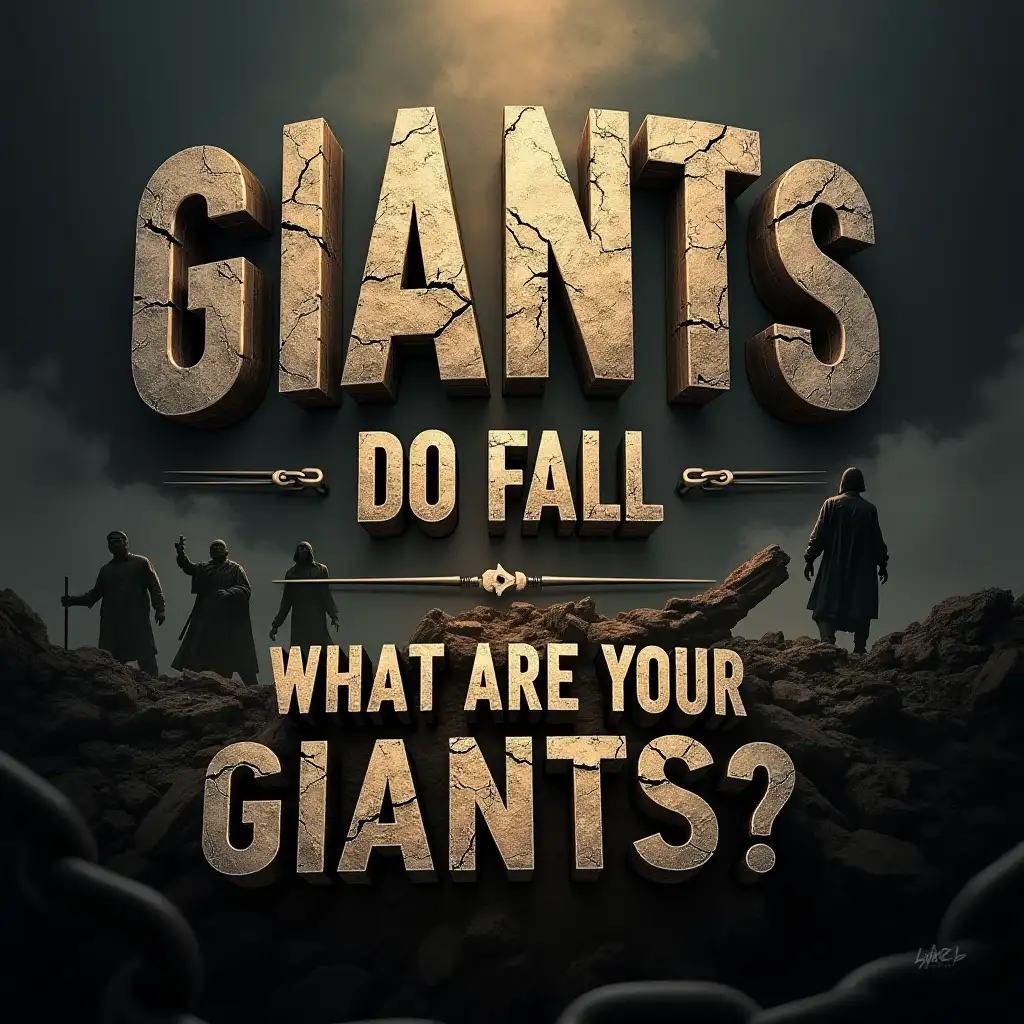
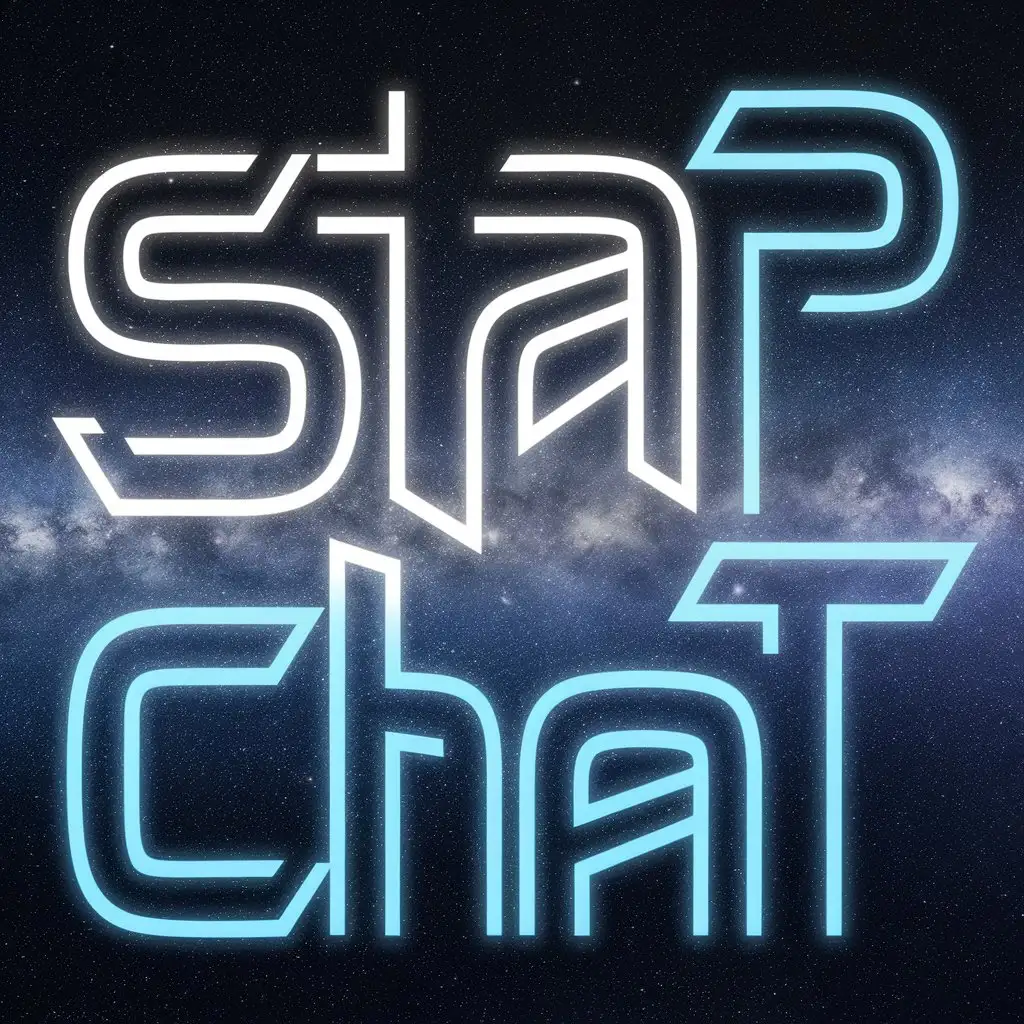


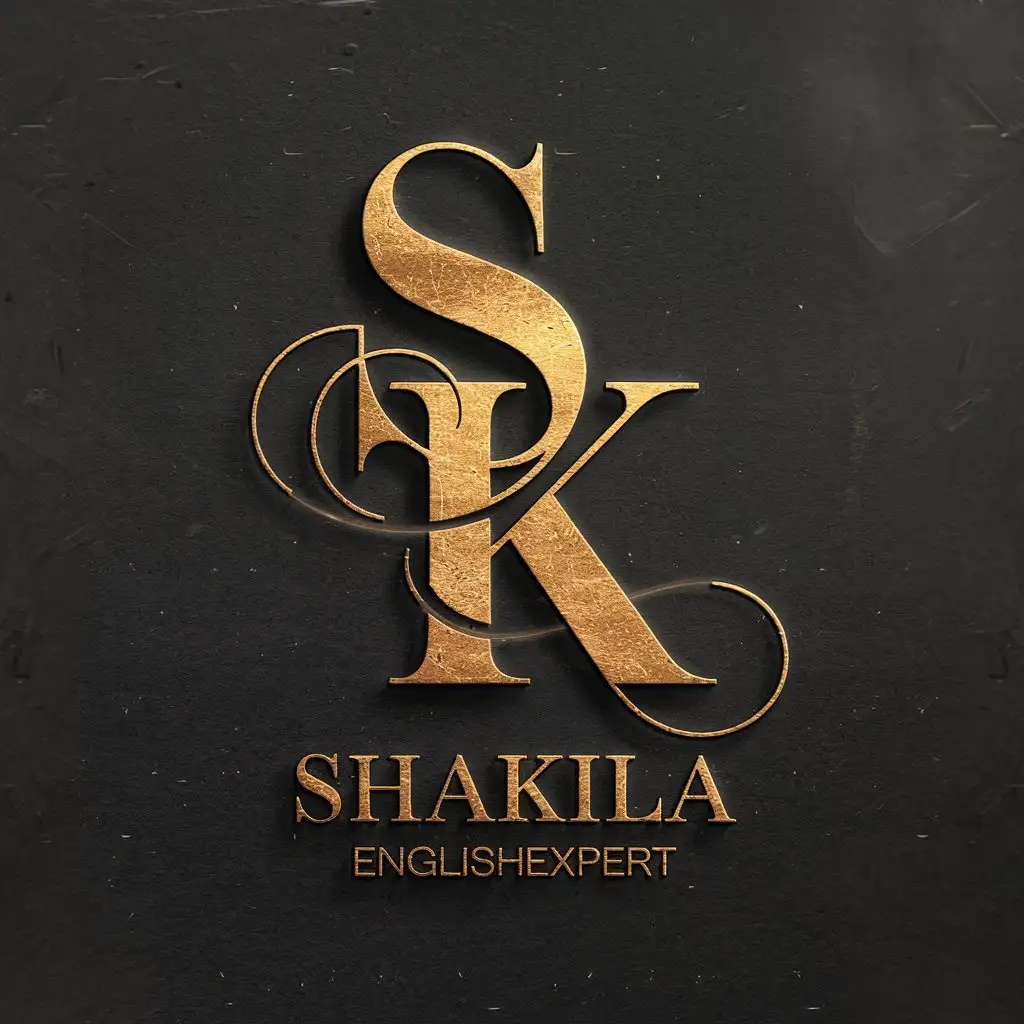
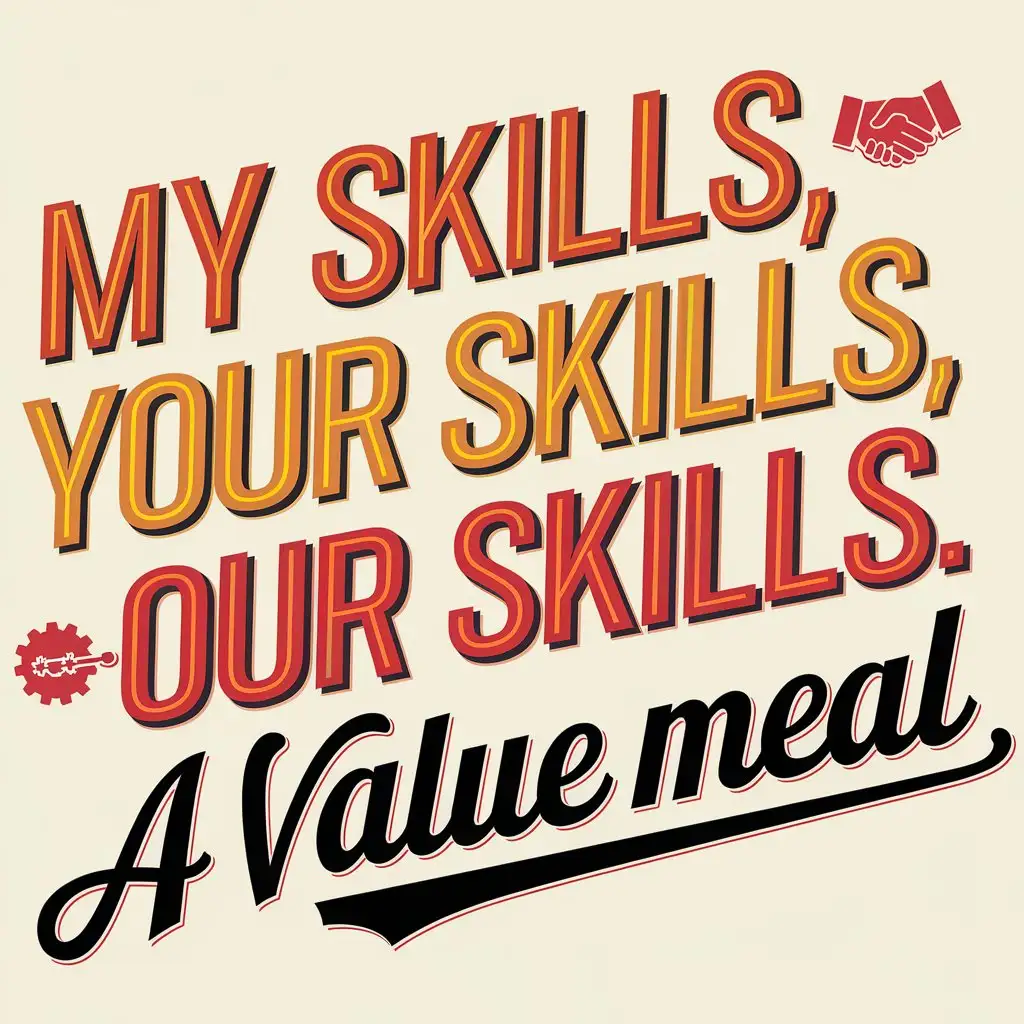
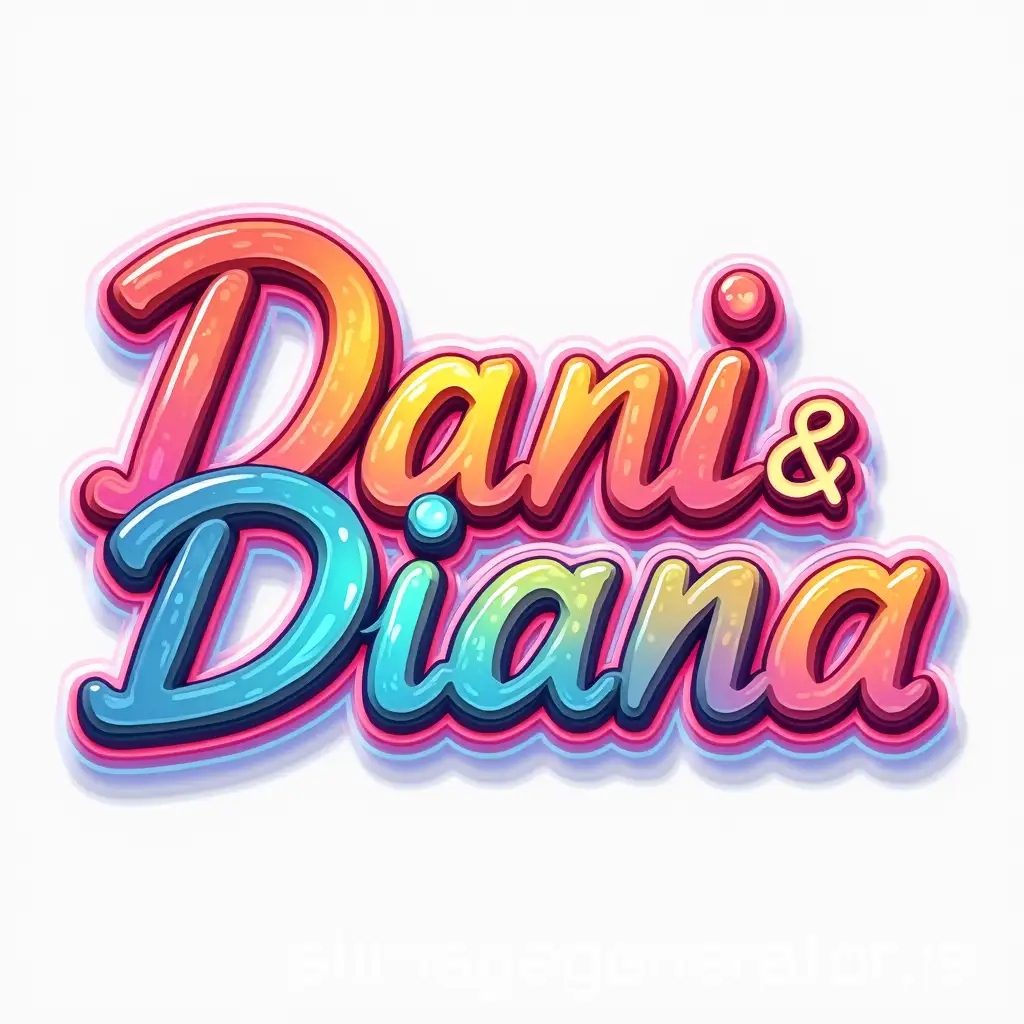


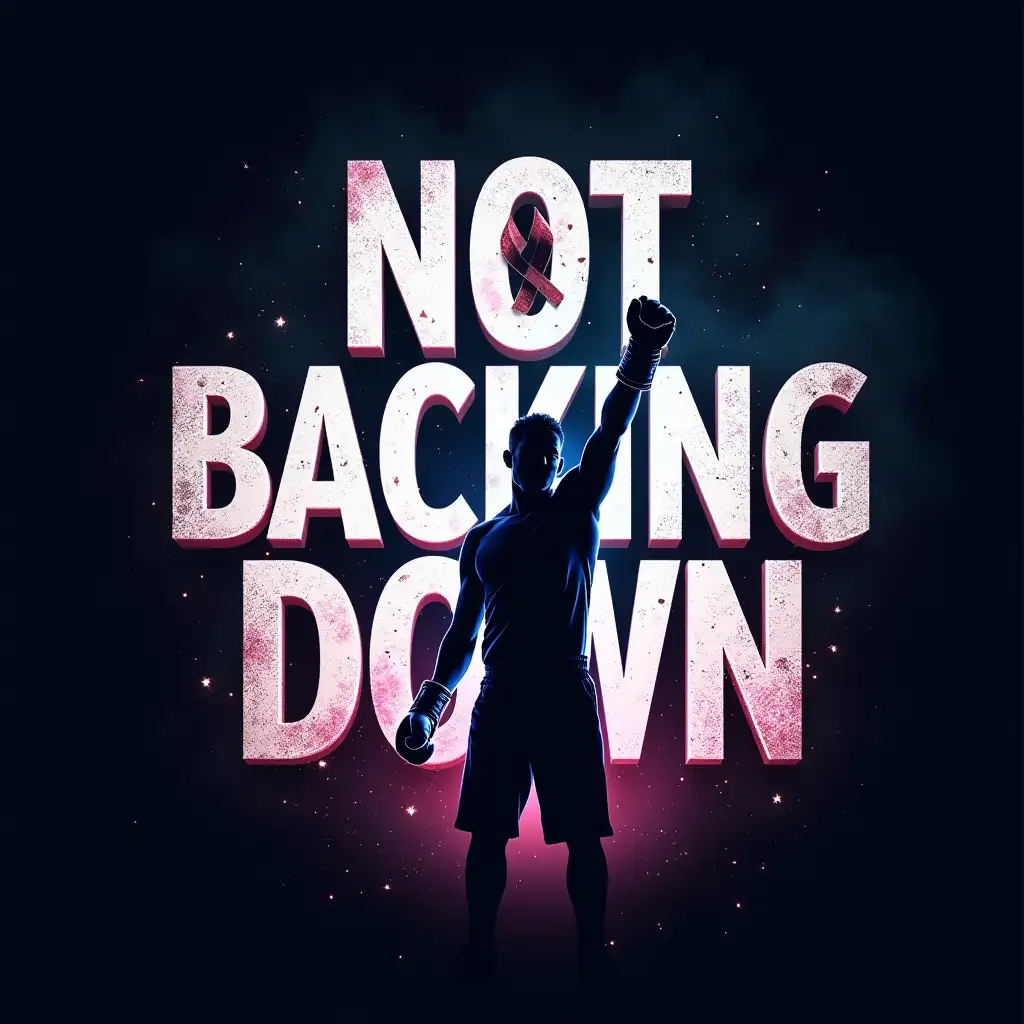
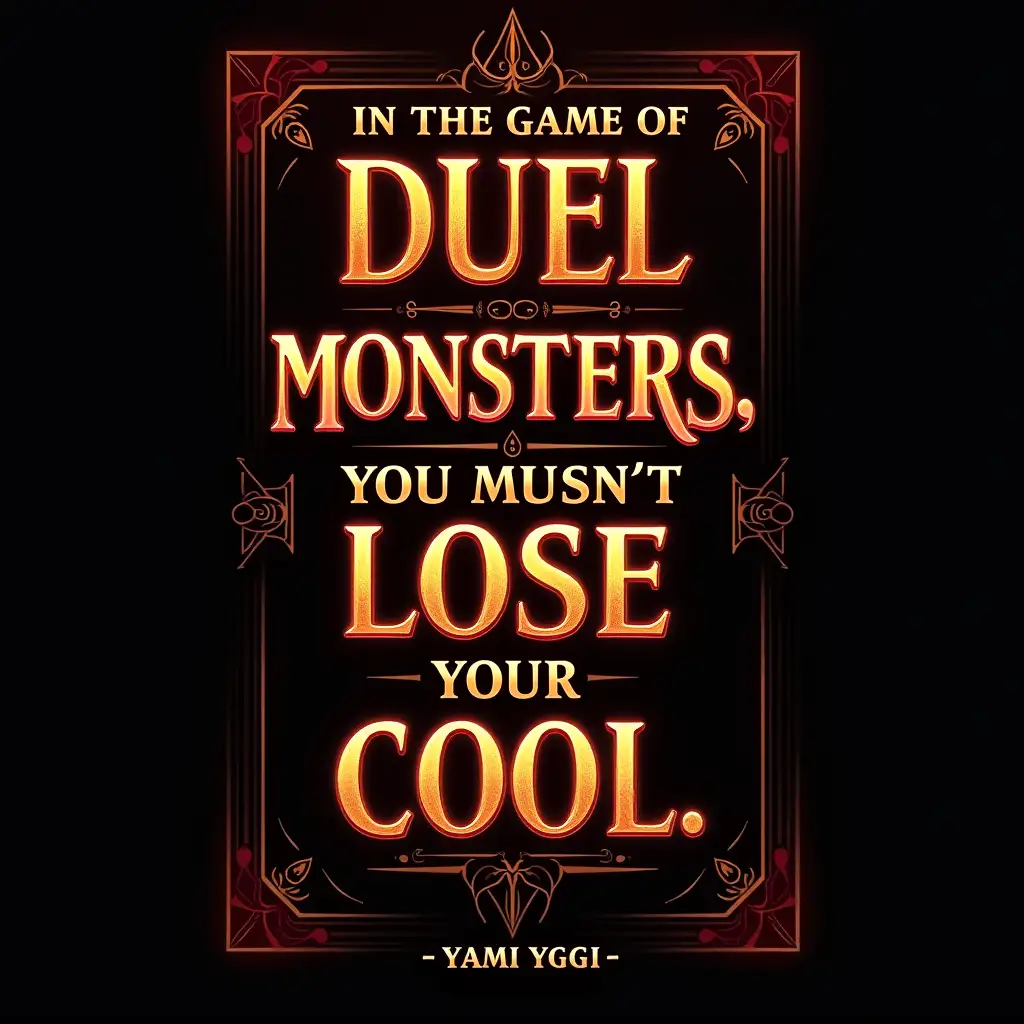
Related Tags
Typography Art is the artistic use of letters and text to create visually engaging compositions. Its roots lie in the early days of printing and manuscript design, evolving through various movements like Art Nouveau and Bauhaus. With the advent of digital tools, Typography Art has seen a renaissance, allowing artists to experiment with form, color, and layout in ways previously unimaginable. This fusion of text and art has become a cornerstone in modern design, influencing everything from posters and book covers to digital media.
The Essence and Evolution of Typography Art
Typography Art is defined by its creative use of text elements, often incorporating diverse fonts, sizes, and alignments to convey a message or aesthetic. This art form is highly versatile, finding applications in graphic design, advertising, branding, and web design. Typography Art can evoke emotions, emphasize key messages, and enhance visual appeal, making it a powerful tool for communication. Examples include minimalist typographic posters, intricate word art, and dynamic text animations in digital content.
Characteristics and Applications of Typography Art
Many artists have left a significant mark on Typography Art. For instance, Paula Scher is renowned for her bold use of typography in graphic design, and Stefan Sagmeister is celebrated for his innovative and often provocative typographic installations. Another notable figure is Jessica Hische, whose elegant lettering has been featured in numerous high-profile projects. Their works highlight the expressive potential of text and have inspired countless designers and typographers around the world.
Notable Typography Artists and Iconic Works
The future of Typography Art is being shaped by advancements in AI and digital technology. AI-generated typography allows for the creation of complex and dynamic designs with ease, offering endless possibilities for customization and experimentation. Virtual reality (VR) and augmented reality (AR) are also opening new frontiers for immersive typographic experiences. As these technologies evolve, Typography Art will continue to innovate, pushing the boundaries of how text can be visually and interactively experienced.
Future Trends in Typography Art